How Art Heals
The Power of Doodling and Drawing
Students hang unique artwork from strings in Ms. Poirier’s art room 2201 at Abington High School. June 4, 2019.
June 4, 2019
Have you ever caught yourself doodling in class and lost track of time? Or felt more refreshed when you went back to taking notes after a doodle? There is an explanation. Art’s creative properties exercise the brain. Although drawing during class can be distracting for some, it is a healing property for others. Art can give you a small energy boost because you want to finish the piece, or relieve stress.
Art is not only an expressive release of emotions (quietly), but art can also be a convenient method of cooling down, which is why art is a go to option for people with anxiety. Therefore, being called out for drawing in class might make their anxiety worse. In class an anxious student sitting at their desk drawing is significantly less distracting than an anxious student who gets agitated and has to be sent out. The power of art can be quiet, yet extremely effective for anxious students.

The product of what you make should not affect the benefits of the process.
— Sammi Sullivan
Once pen hits paper the smoothness of the ink is calming, or painting can be calming too. The satisfaction of explosions of color on paper that form a painting by mindlessly blending colors is soothing. The sounds of pencil on paper. The feel of charcoal. The texture of different papers, or even a special pencil–all of it grounds you. “Grounding” is a technique people who suffer from anxiety use to calm down; therefore, this is why art can benefit people with disorders so well.
Because of art’s beneficial, psychological results Art Therapy is a go to option for people who have been struggling with addiction, trauma, depression, grief, or other types of mental, physical, and/or emotional changes. In Art Therapy, it is the process, not product, that counts. It’s all about feeling the effects of art, not what it turns out to look like.
There are different types for art therapy for different disorders. People who have gone through addiction or trauma often put memories that words can’t explain into picture-form to help. Music, also a form of art, can benefit people with autism. For people that suffer with depression, art fills the gap when it comes to effort and wanting to finish something, which can be a struggle.
Knowing students often get frustrated by their drawings because they are “bad” upsets me. When someone keeps saying they cannot draw, well you can! The product of what you make should not affect the benefits of the process.
Students should open their eyes more to the world of art, no matter who they are or how “good” they are. My life and the way I deal with things would be completely different if I never tried art. Having a nice blank notebook page to expand and paint my thoughts onto is a huge relief after an anxiety filled day.






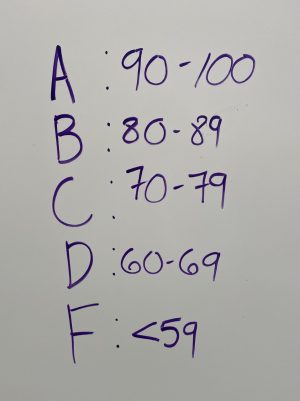


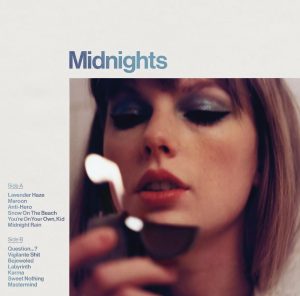
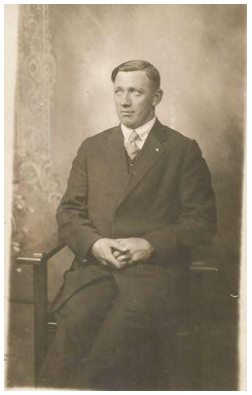

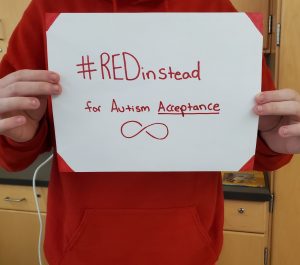


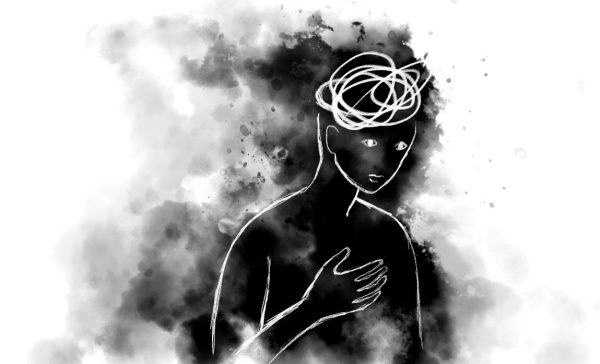



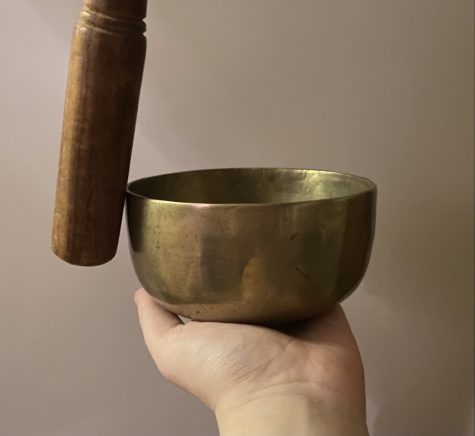
Talita J Smith • Jun 11, 2019 at 12:53 PM
this was a fantastic article! art does help soothe you down and i am glad you wrote such an amazing article on it!
Adam naser • Jun 7, 2019 at 9:53 AM
This was a really great article, you made a lot of valid points ??
Sydney • Jun 7, 2019 at 9:31 AM
I really enjoyed this article, I also draw in class some times, even if it’s just a small doodle, but it does make me feel more relaxed and so when I go back to do my class work I feel like I do better.
Ava Reid • Jun 7, 2019 at 9:02 AM
This was very inspiring, taught me something new and gave me a whole new perspective on things.
Jacklyne • Jun 6, 2019 at 10:12 PM
Your article over all was amazing! I really enjoyed the connections you made, it really stood out and demonstrated that you knew what you were writing about.